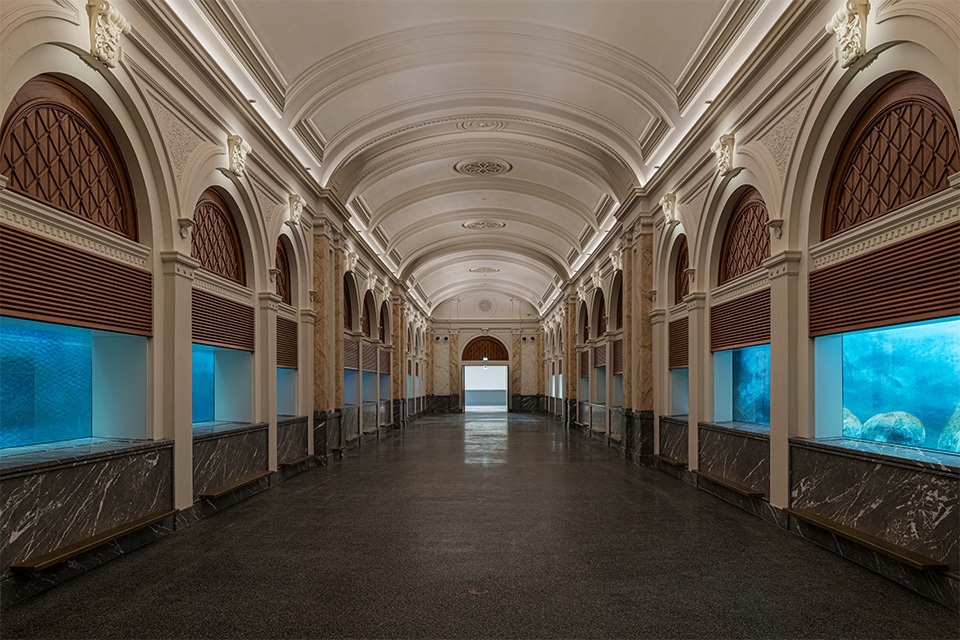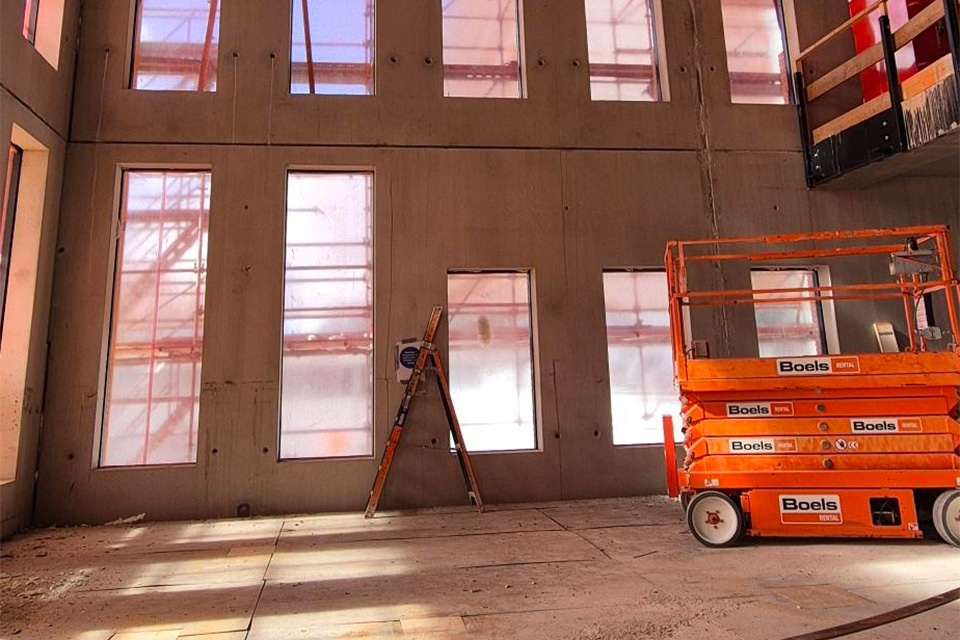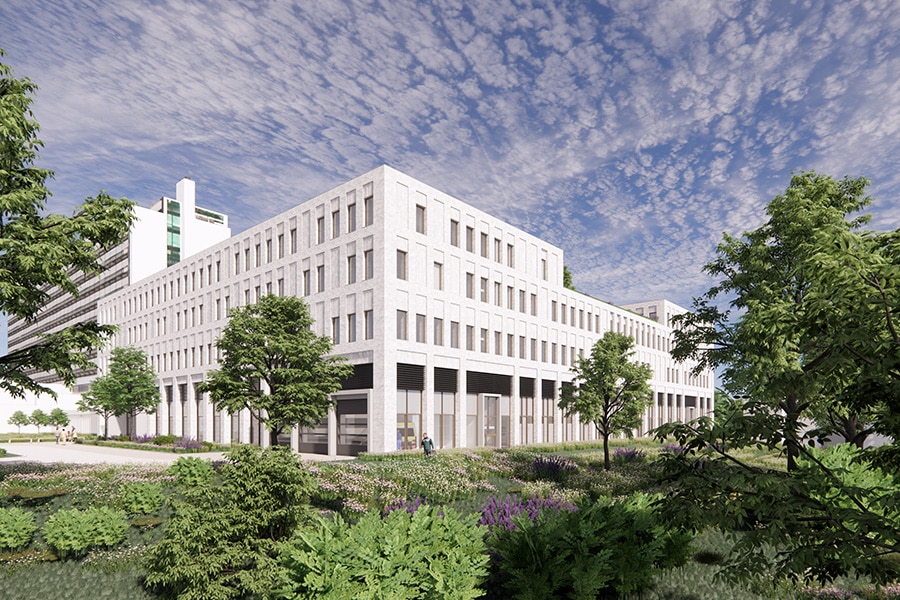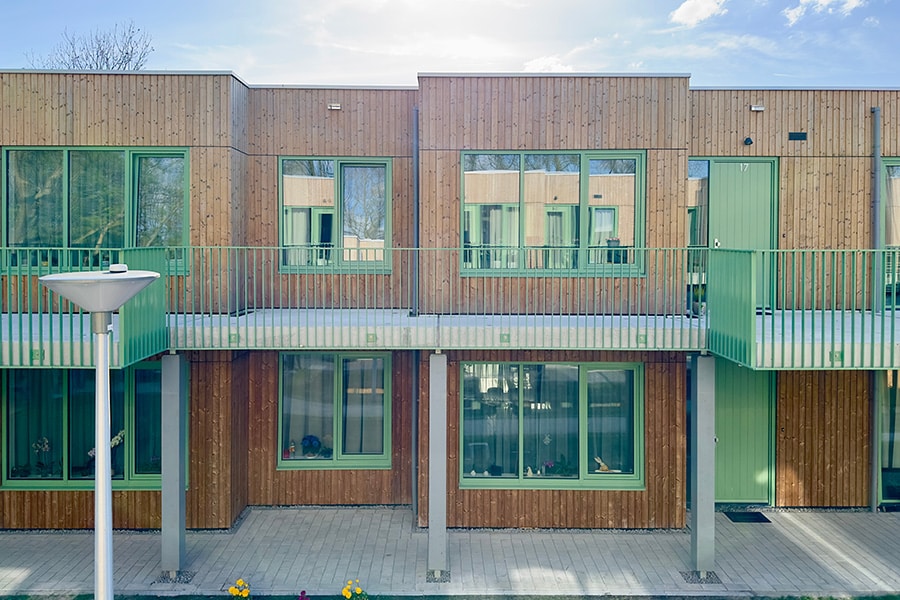
Four years of restoration puts ARTIS’ monumental Aquarium back in motion
Underwater, above expectations
After more than four years of restoration, the 19th-century ARTIS Aquarium looks like new again. The monumental building from 1881, ravaged by years of salt damage, has been completed and is ready for its interior. Underwater life will return to the public in 2026. While the move is being prepared, Linda van Leeuwen, Project Manager Construction & Development at ARTIS, and Julian Wolse, architect and partner at OTH Architects, look back on the process and look ahead to the reopening.

“Just before the building completion, it was still being fanatically shoveled and scrubbed,” Wolse says. “And suddenly it was empty. Then you see the spaces as they are meant to be. The floors shine, the light is right and all the choices fall together. It felt like we finally got to unwrap the present.” Van Leeuwen nods affirmatively. “The building is breathing again. Everything works and is right. Now the next part begins: the interior design, the aquatic life coming back and the stories we will tell.”
History made visible
During the restoration, preservation and renewal were in constant juxtaposition. Van Leeuwen: “We decided to completely expose the marble stucco finishes in the entrance hall, not knowing what we would find. That turned out to be one of the most beautiful discoveries. In the former museum rooms, too, we opted for radical changes: walls disappeared, creating spaces and sightlines that had not been there for decades.” At the same time, technology became a full part of the design. Wolse: “The Aquarium has always been one big machine. We preserved the unique Lloyds filtration system from the 19th century and made it visible. It is industrial heritage that we like to let visitors experience.”
Searching for balance

Restoration also means weighing choices. “For example, we did extensive color research,” Wolse says. “Sometimes new finds surfaced during the work. That required adjustment, but always with the common goal of preserving the authenticity of the building. That historical basis then served as the starting point for contemporary design choices.”
The increase in sustainability makes the project extra special. “The roof carries solar panels, floors have underfloor heating and the building is prepared to be connected to the CHP system. We also worked with sustainable and self-healing concrete,” says Van Leeuwen. “This is the largest building within ARTIS that is now fully ready for our ambition to be climate-positive by 2030.”
New routes, new experience
Those who will soon walk through the renovated Aquarium will experience a different dynamic. “The route has become more logical,” Van Leeuwen explains. “Previously you would sometimes walk to a dead end, now you can walk through and discover spaces that were previously hidden. Even smaller spaces, such as the restroom, have been restored with care and add to the experience.”
The revamped aquarium will soon take visitors along oceans, rivers and lakes. The story of Amsterdam's canal water, once a crowd pleaser, also returns in a revamped form.
Expectation and wonder
The reopening in 2026 promises to be a special moment. “I hope visitors are happy that the wait was worth it,” Wolse says. “That they see that this national monument has been given a new life.” Van Leeuwen adds: “I want people to walk out surprised and amazed, with the feeling that they have seen more than expected. That they look at water more consciously, because that's what it's all about in the end.”



